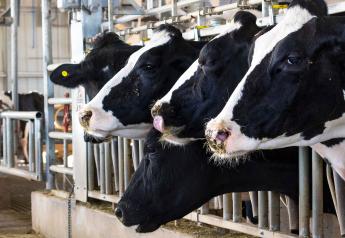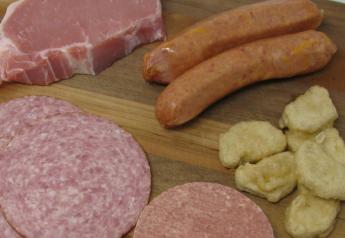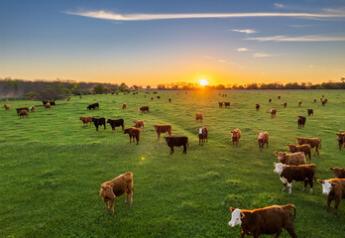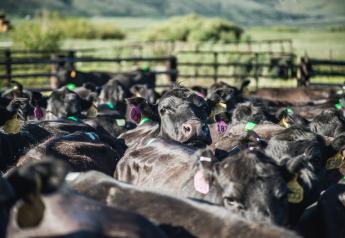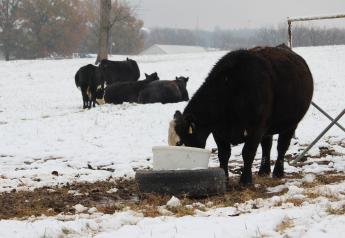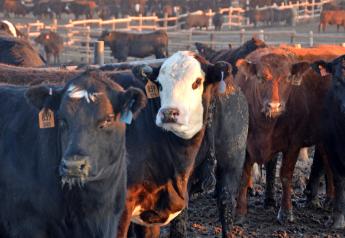Establish a Complete Herd Health Plan
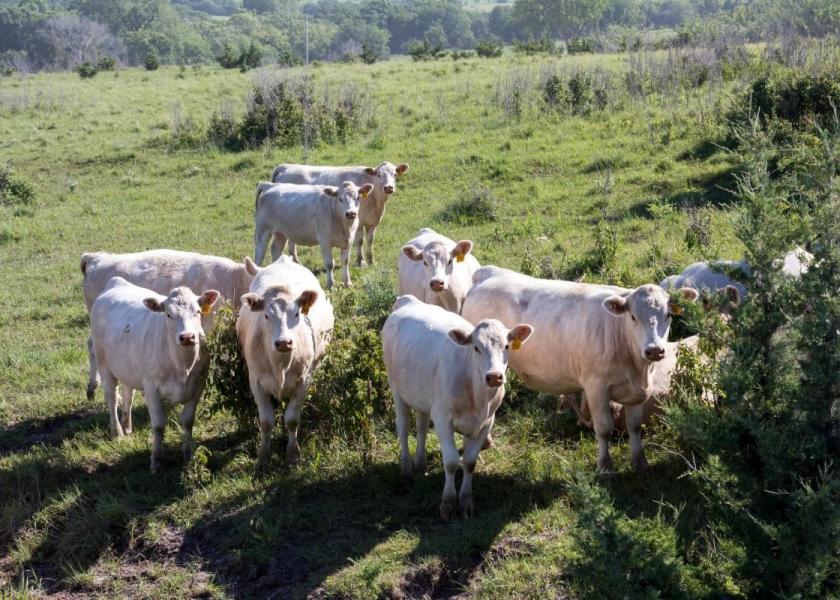
Every cattle producer has the goal to efficiently utilize available forage, labor, management, and financial resources to produce cattle that will meet customers’ expectations and desires. Outbreaks of disease that result in sickness, reduced reproductive or growth efficiency, or death not only negatively affects animal welfare but also will drastically reduce the efficiency of saleable production from the available resources. Protecting the health of cattle herds is an important part of a successful plan to have a profitable and sustainable ranching operation. Besides a veterinarian’s value in diagnosing and treating cattle that become sick, he or she can have great value in preventing disease and ensuring optimum production in beef cattle herds.
A complete health plan should be established between veterinarians and producers that accomplishes at least the following goals:
- Establish a biosecurity plan to minimize the introduction of disease-causing germs onto your farm by developing a testing and isolation plan for new or returning cattle, a vaccination protocol, and a traffic flow and visitor restriction plan to reduce the likelihood of infectious disease.
- New cattle (including new bulls, replacement heifers and cows, and purchased calves) should be isolated away from the herd for at least one month. During this time the new additions should be vaccinated to bring them into the same protocol as the resident herd and may be tested to determine if they are carriers for diseases of importance to the herd. If at any time during the quarantine period the incoming cattle exhibit signs of diarrhea, lameness, respiratory disease, excessive tearing or eye lesions, rough skin or hair loss, or any other sign of disease, a veterinarian should be called to examine all the animals in the group and the quarantine period extended.
- Every herd should have a sound vaccination protocol based on consultation with your veterinarian that is appropriate for your specific risk factors. In most herds, cattle will be vaccinated with one or more products at several times during the year. Calves are routinely vaccinated against clostridial diseases such as blackleg when they are still nursing. Vaccinations, before or at the time of weaning, are implemented to develop immunity to reduce the risk of respiratory disease. Replacement heifers and yearling bulls deserve special attention prior to the start of their first breeding season to establish strong immunity to diseases that cause reproductive loss. And vaccinations of adult cows and bulls are implemented to reduce the risk of infectious disease that can cause abortions.
- When implementing a vaccination protocol, it is important to handle and administer the products according to label instructions in order to ensure their greatest effectiveness and compliance with beef quality assurance guidelines. For example, if a vaccine is labeled for use Sub-Q (under the skin) administration, it must be administered under the skin in the neck region. If a label indicates that the product should be given in the muscle, it should be given in the neck muscles. Do not vaccinate into the rear leg of a calf or cow.
- Part of biosecurity is to minimize the spread of germs that are already on a ranch so that least amount of disease occurs. A plan to keep young calves and pregnant cows away from cattle imported from other operations (such as stocker cattle or incoming replacements) and away from fence-line contact with other herds will decrease the risk of devastating disease outbreaks.
- Establish a sanitation plan to minimize the potential for spread of disease-causing germs in manure between animals in calving and nursery pastures, in feeding areas, and by means of feed handling equipment (front-end loaders, feed wagons, etc.).
- The germs that cause diarrhea diseases (scours) can be passed in manure from one animal to another. Therefore it is very important that young calves are born and housed in the cleanest situation possible. Strategies to improve sanitation for young calves include avoiding calving in the same pasture where cows were fed all winter and selecting calving pastures that: are large enough for cows to spread apart, have some natural or man-made shelter, and are not in a low, or mud-prone area. In addition, I prefer to avoid using bale-rings in calving and nursery pastures – spread the hay and move the feeding location daily.
- To prevent scours, two important goals are to avoid exposing calves less than three weeks of age to mud and to older calves. Grouping cow-calf pairs so that all the calves in a nursery pasture are as close in age as possible will greatly reduce the risk of scours. The Sandhills calving system capitalizes on this strategy to ensure sanitation and segregation from older calves so that calf health is optimized.
- Establish a parasite control program to effectively use de-wormers and pasture management for internal parasite control, and establish the use of sanitation and fly and lice control products to minimize economic loss due to external parasites. Calves and yearlings have much less natural resistance to internal parasites than adult cattle, therefore cattle less than two years of age deserve special attention.
- Establish a program to optimize the use of performance-promoting products such as growth-promoting implants and ionophores in growing cattle. Ionophores create an environment in the rumen that favors the growth of microbes that more efficiently convert forages and grains into energy. These products also inhibit the parasites that cause coccidiosis.
- Establish a program to minimize calving difficulty in first-calf heifers by proper replacement heifer selection, nutrition, and sire selection. Replacements should be selected from heifers born in the first 40 days of the calving season to excellent dams and desirable sires. From weaning until breeding at a little older than one year of age, replacement heifers should receive high quality forages or supplements in order to ensure that they gain enough weight to reach 60-65% of their mature weight prior to the start of their first breeding season. Heifers should be bred to calve a little ahead of the mature cow herd to allow them to receive extra attention during calving and because first calf heifers take longer to resume fertile cycles after calving than mature cows. Heifers should be bred to bulls with EPDs indicating calving ease and they may need supplementation during parts of the year in order to reach a target of 85% of their mature weight at the time of calving.
- Establish a method to evaluate the herd’s performance (records) in the areas of: pregnancy rates, death loss, growth (weaning weight) and nutritional needs (body condition scores). Traditionally, the herd is evaluated at the time of calf weaning to identify the number of calves weaned per cow exposed for breeding, the percentage of the cow herd that became pregnant in a controlled breeding season, and the body condition of cows that completed lactation on the available forage. This is also an ideal time to closely observe cows for problems such as cancer eye, mastitis or other udder or teat problems, foot or hoof problems, or any signs of disease.
- Establish disease treatment protocols for the herd as well as proper injection sites, injection routes (sub-Q, intra-muscular, intra-venous, etc.), dosages, and any withdrawal times to be observed. The privilege and responsibility to use antibiotics, vaccines, dewormers, insecticides, estrous synchronization hormones, and other products appropriately is important to everyone in the cattle industry. To evaluate the best available products and procedures, the herd veterinarian and producer should routinely meet to update disease prevention and control strategies.
While specific herd health plans will vary between ranches, all producers should start by ensuring that their plan meets the seven goals listed above. By working with your veterinarian to meet these goals, the costs of disease and production loss can be minimized and animal welfare enhanced.


